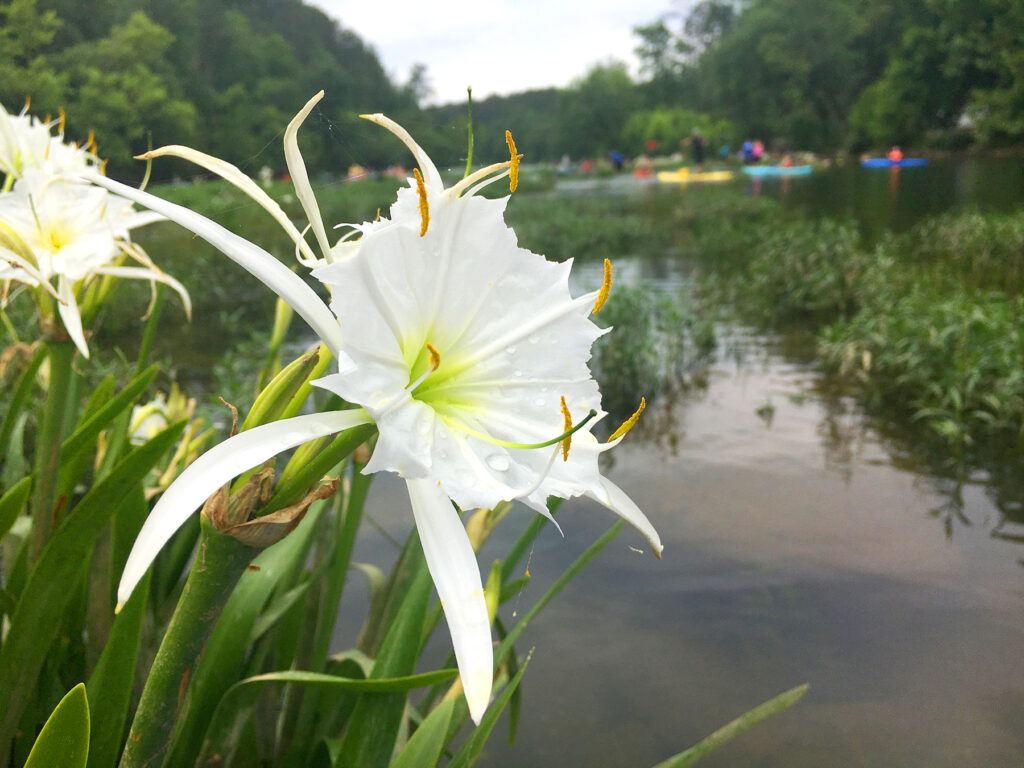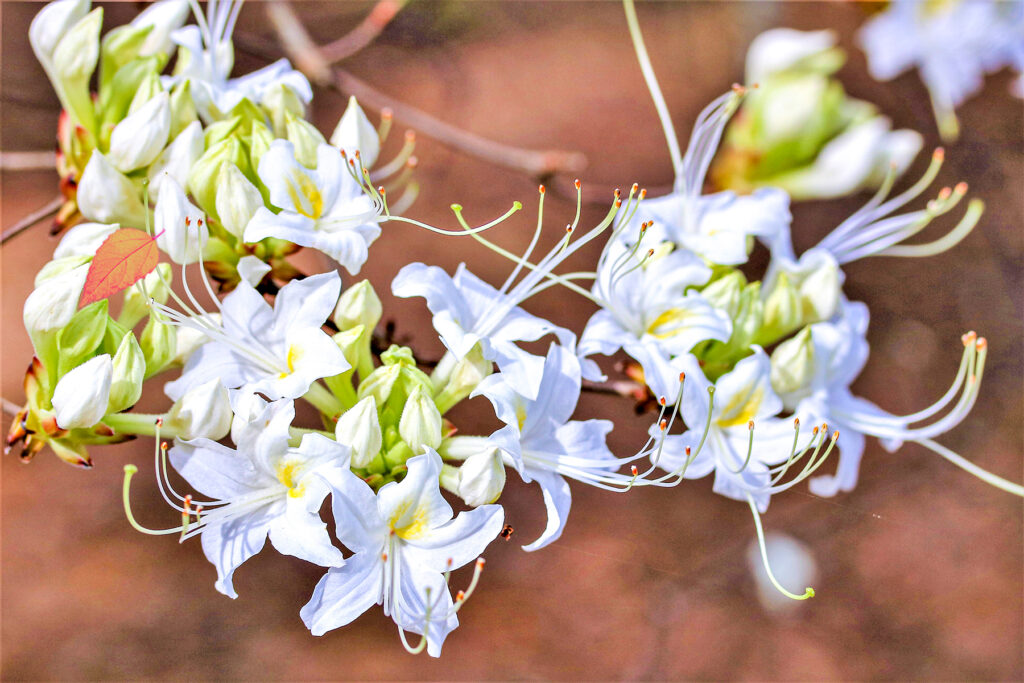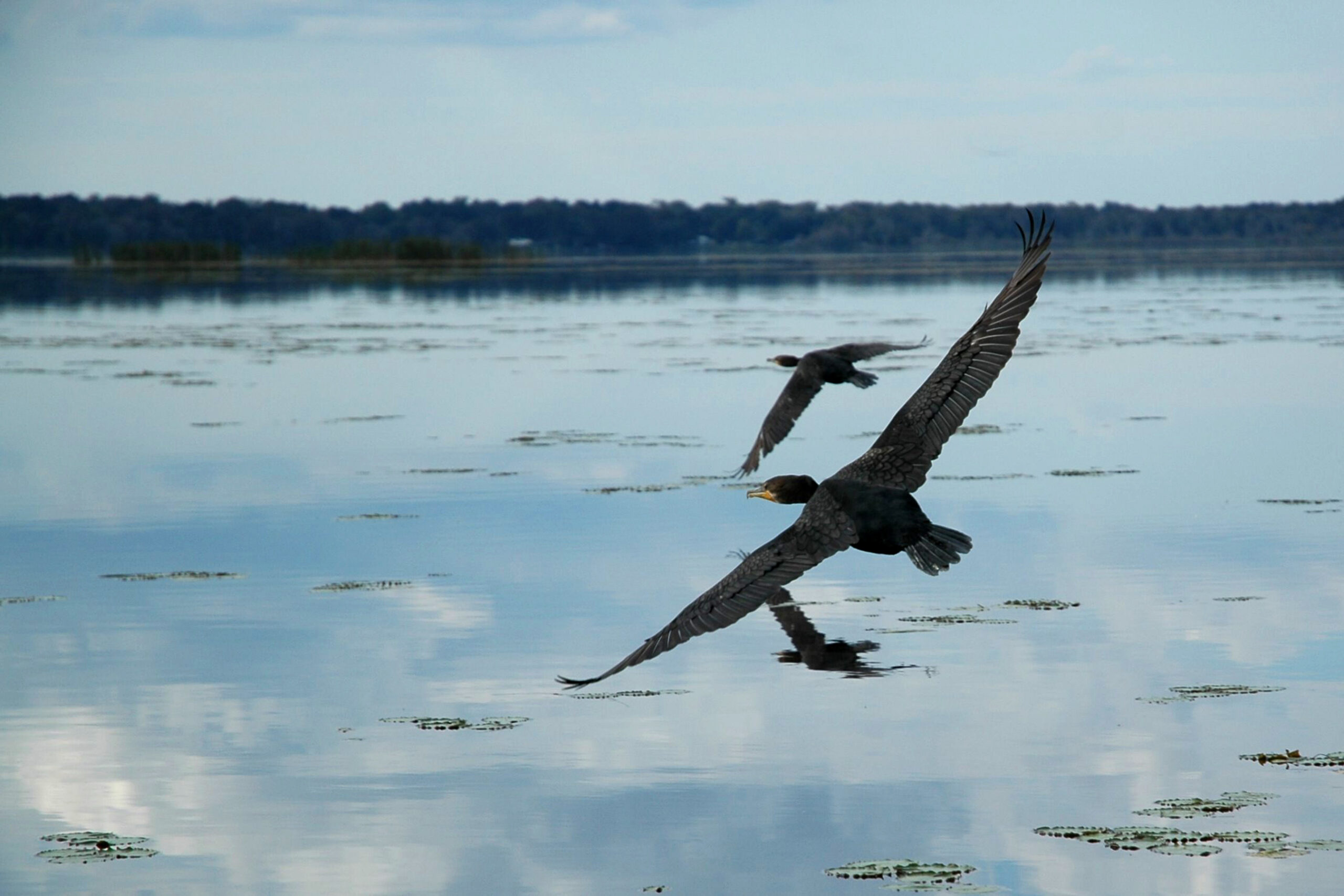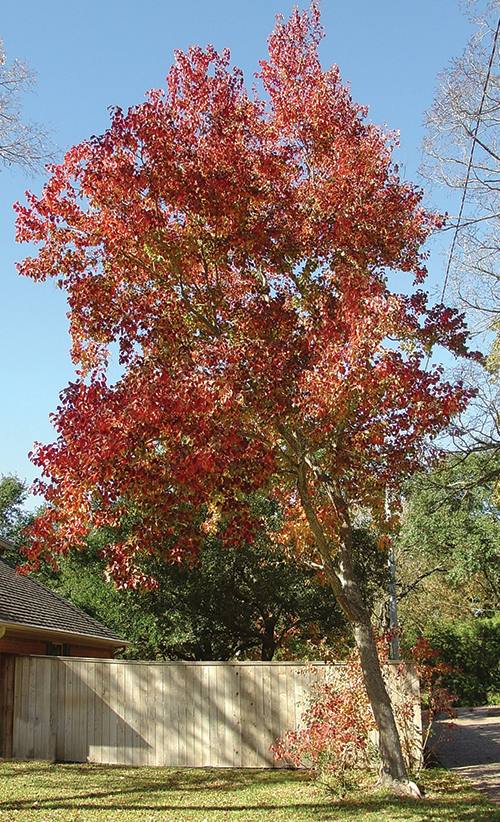When it comes to biodiversity, Alabama is a hidden gem in the southeastern United States.
With its varied landscapes — from coastal plains and river valleys to mountainous regions — Alabama is home to an astonishing array of plant and animal life. In fact, it ranks among the top states in the nation for biodiversity, especially in freshwater species. This rich natural heritage is shaped by the state’s warm climate, diverse habitats, and complex geological history.
Alabama boasts more than 4,500 species of plants and animals, including over 1,500 species of vascular plants and nearly 500 species of vertebrates. Its rivers and streams are particularly noteworthy, supporting more species of freshwater mussels, snails, and fish than any other state. The Mobile-Tensaw Delta, often called “America’s Amazon,” is a biodiversity hotspot teeming with life.
Among Alabama’s botanical treasures are two standout species: the Alabama azalea and the Cahaba lily.
The Alabama azalea (Rhododendron alabamense) is a deciduous shrub native to the state’s woodlands and stream banks. First described in the 1920s, this azalea is known for its delicate white flowers with a yellow blotch and a sweet, lemony fragrance. It typically blooms in late spring, adding a splash of elegance to the understory of pine and hardwood forests.
What makes the Alabama azalea special is its limited range and unique characteristics. Unlike many azaleas that prefer acidic soils, this species thrives in well-drained, sandy loam. It’s also adapted to fire-prone ecosystems, often resprouting after burns — a trait that helps it survive in Alabama’s longleaf pine habitats.

Conservationists are keeping a close eye on the Alabama azalea, as habitat loss and land development threaten its natural populations. Efforts to propagate and protect this native plant are underway, with botanical gardens and native plant societies playing a key role.
Another iconic species is the Cahaba lily (Hymenocallis coronaria), a striking aquatic plant found in fast-moving rivers and streams. Its large, fragrant white flowers bloom from May to June, often forming dazzling displays in shallow shoals. The Cahaba River, one of the lily’s primary habitats, is named after this plant and is considered one of the most biologically diverse rivers in North America.
The Cahaba lily is incredibly picky about where it grows. It needs clean, swift water and stable rocky substrates to anchor its roots. Because of this, it’s highly sensitive to changes in water quality and flow. Dams, pollution, and sedimentation pose serious threats to its survival.
Despite these challenges, the Cahaba lily has become a symbol of Alabama’s natural beauty and resilience. Annual festivals celebrate its bloom, drawing attention to the importance of river conservation and
habitat protection.

Alabama’s biodiversity isn’t just beautiful — it’s vital. Healthy ecosystems support agriculture, clean water and recreation, while also providing habitat for pollinators and other wildlife. Protecting native species like the Alabama azalea and Cahaba lily helps preserve the ecological balance and cultural heritage of the region.
Whether you’re hiking through a forest, paddling down a river, or simply admiring a wildflower in bloom, Alabama’s biodiversity offers endless opportunities for discovery and connection with nature.
Bethany O’Rear, a horticulturist for more than 20 years, is a regional agent with the Alabama Cooperative Extension System, specializing in commercial and home horticulture.




